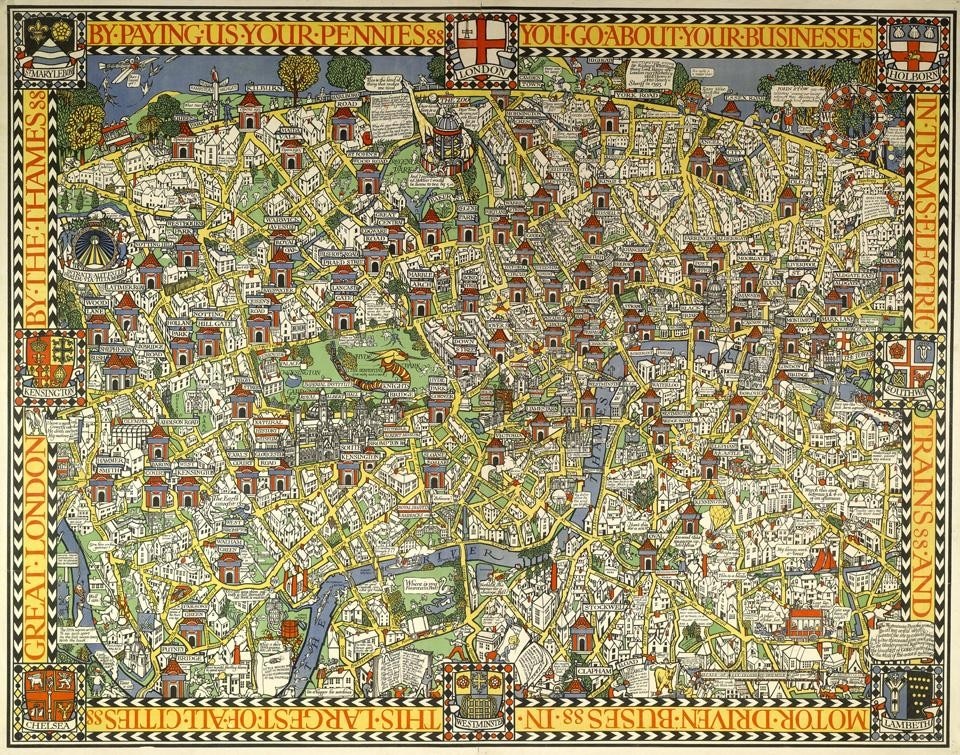Split over two floors in a corner of the Museum, the compact exhibition is divided into four thematically organised areas that intersperse a history of London's transport maps with a series of cartographic artworks inspired by or specially commissioned for the exhibition. Mind the Map opens with one of the latter: Susan Stockwell's Memento, a multi-coloured world map made up of overlapping ticket stubs donated from all over the world. Speaking of the close relationship between people, memory and place, Memento is also a eulogy to the paper ticket — a form of souvenir rapidly disappearing in our increasingly digital realm.
The changing technology of mapping is a persistent theme here. For the past twelve years Jeremy Wood has been using GPS to track his movements on London's public transport system, in order to create works such as London Overground (2012), which uses the Tube's own colour scheme to map his journeys. While Wood's hand-drawn works offer a poetic take on data visualisation, they also reminder us that today every step we take is documented — whether we are aware of it or not.
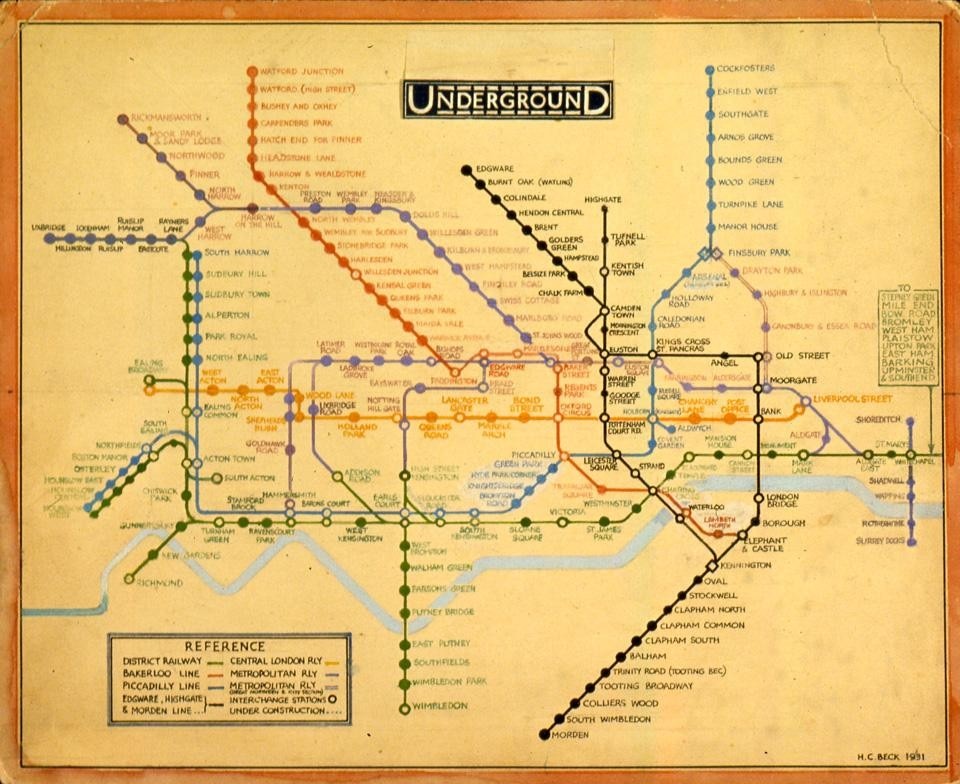
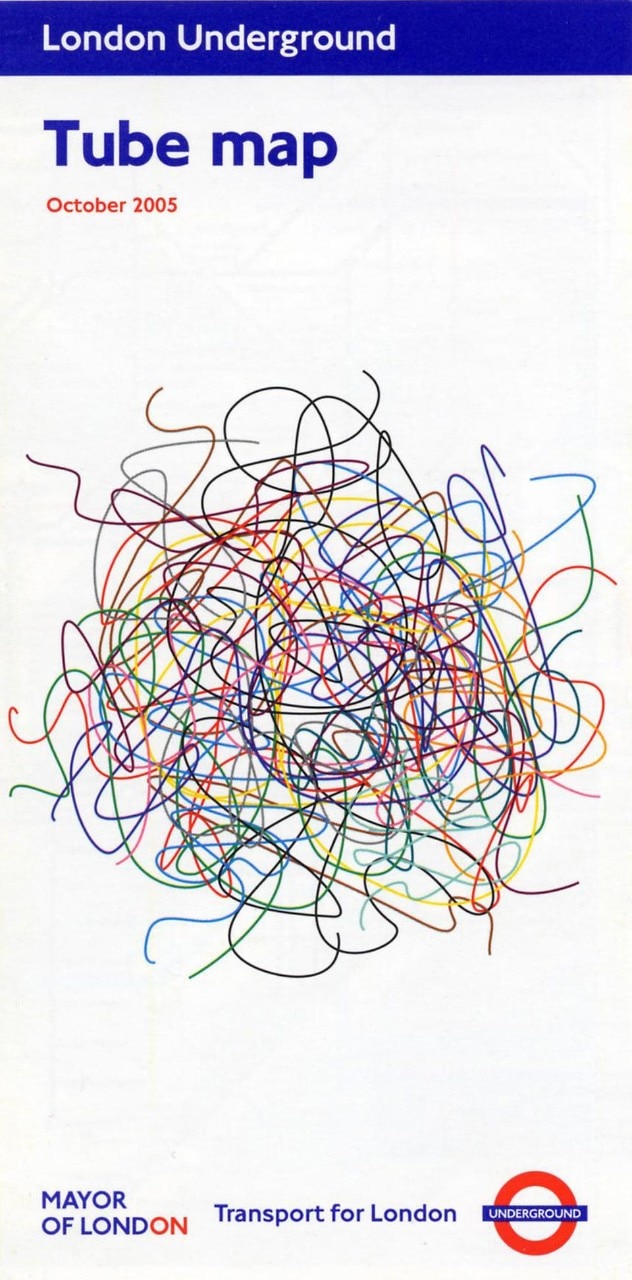
The changing technology of mapping is a persistent theme here. (...) While Wood's hand-drawn works offer a poetic take on data visualisation, they also reminder us that today every step we take is documented — whether we are aware of it or not.
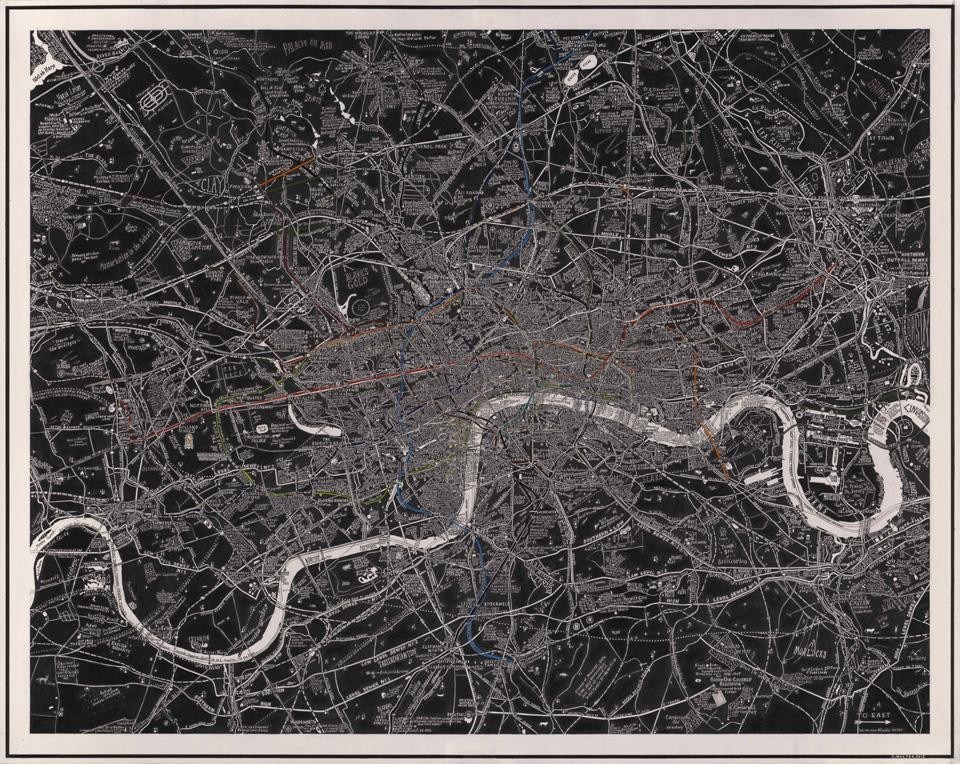
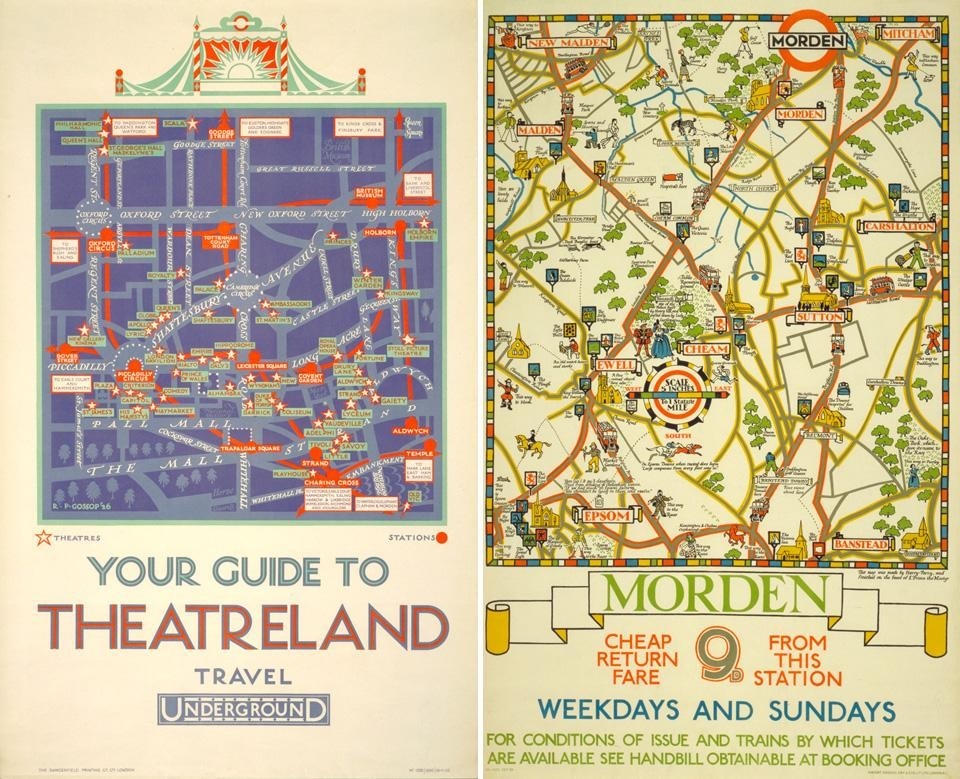
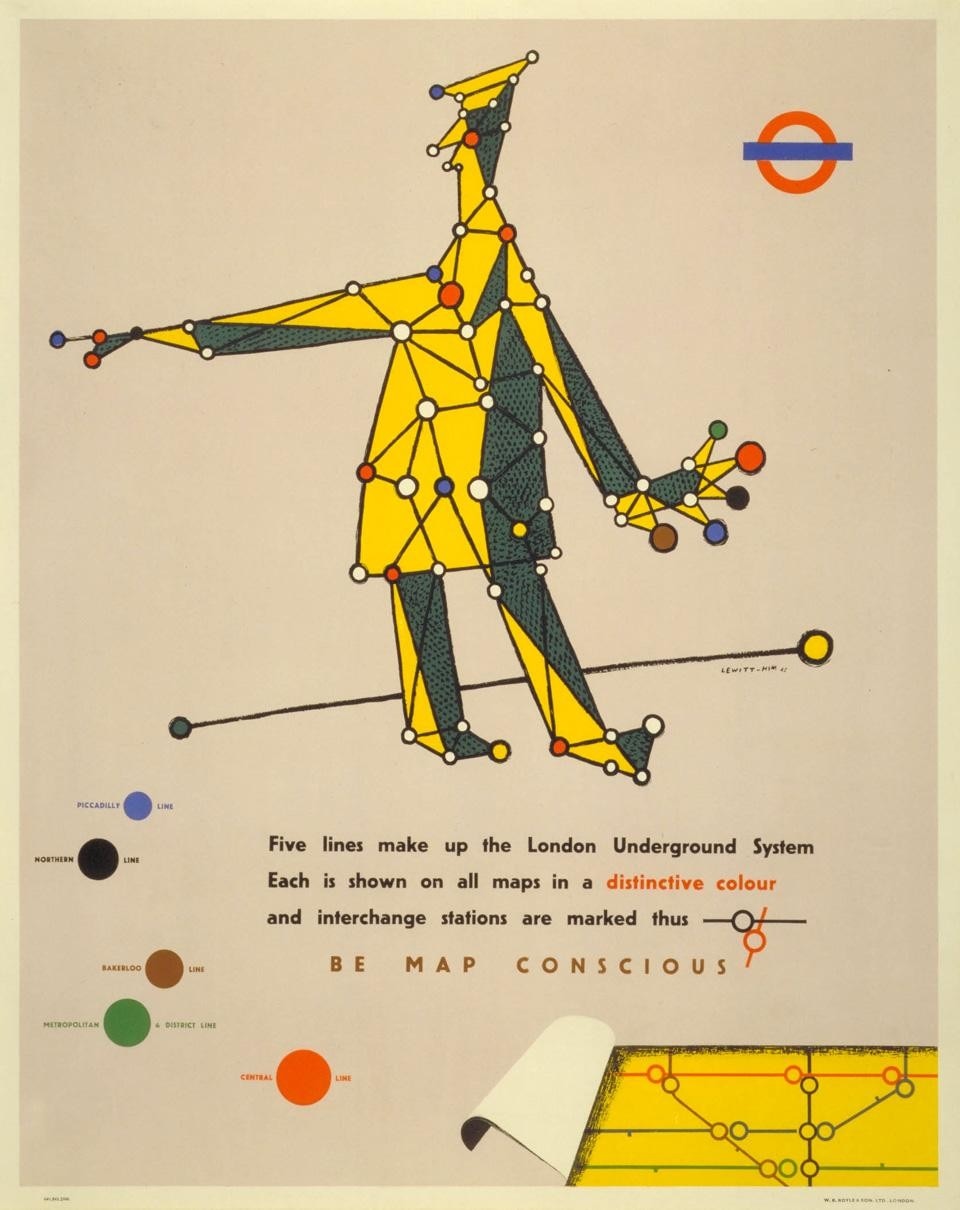
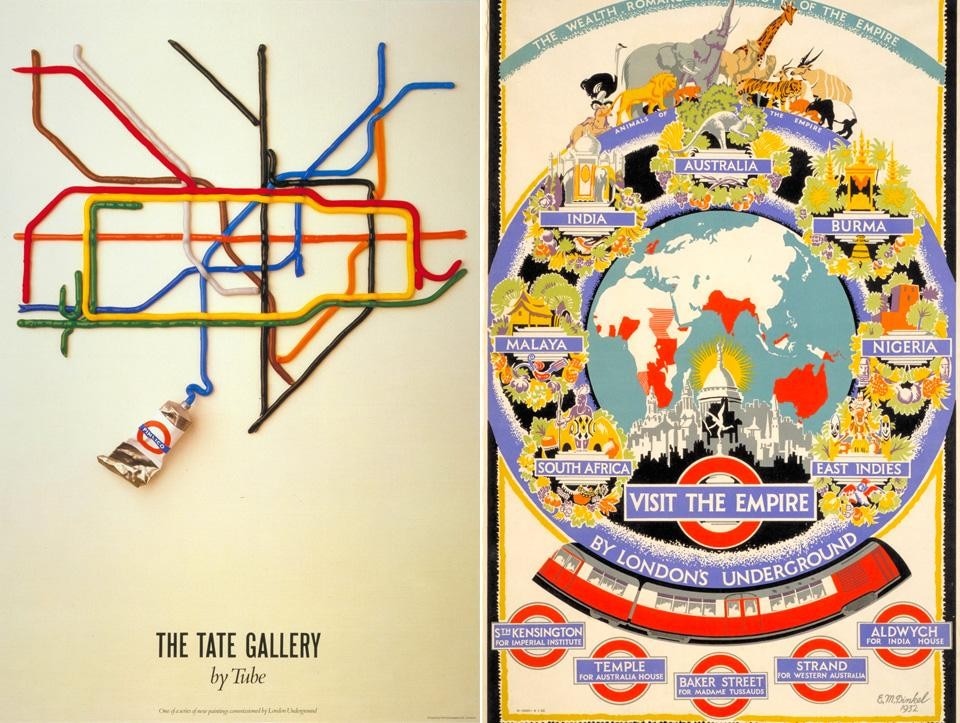
Mind the Map: Inspiring Art, Design and Cartography
London Transport Museum
Covent Garden Piazza, London
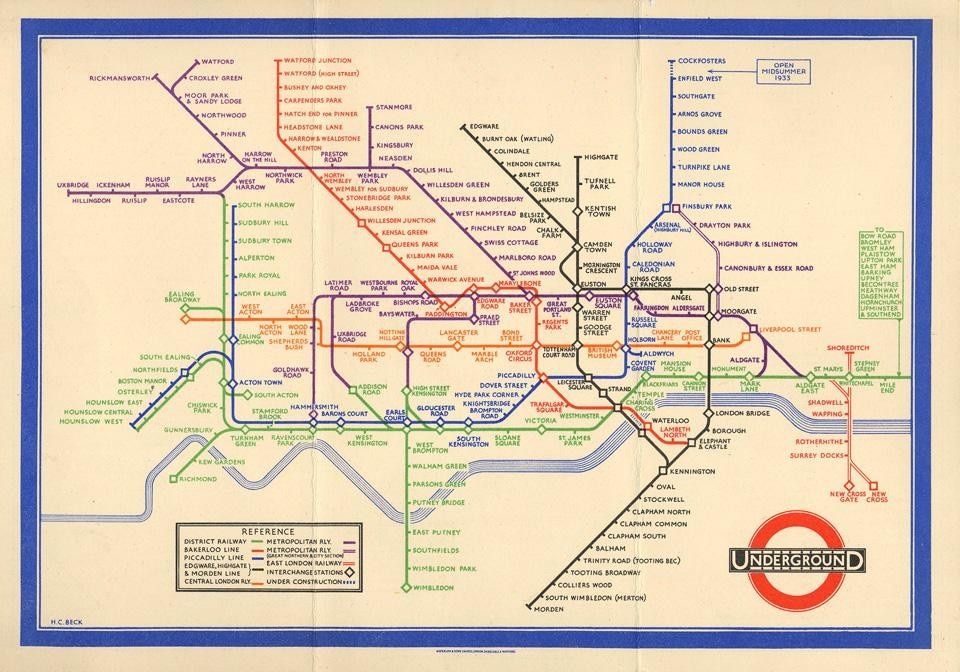
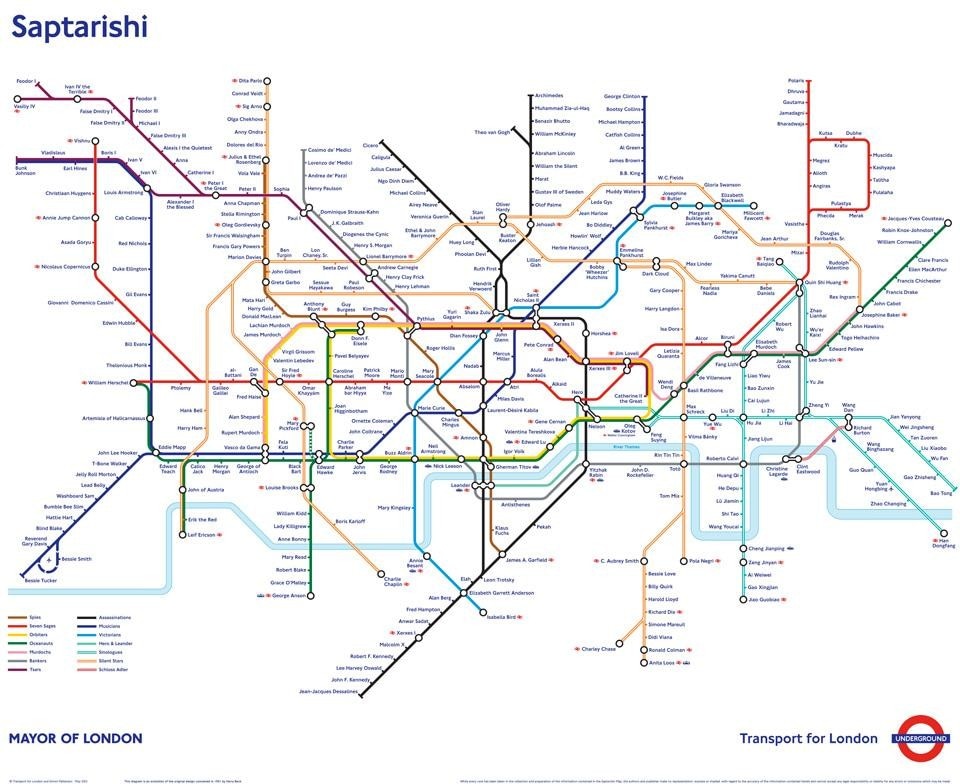
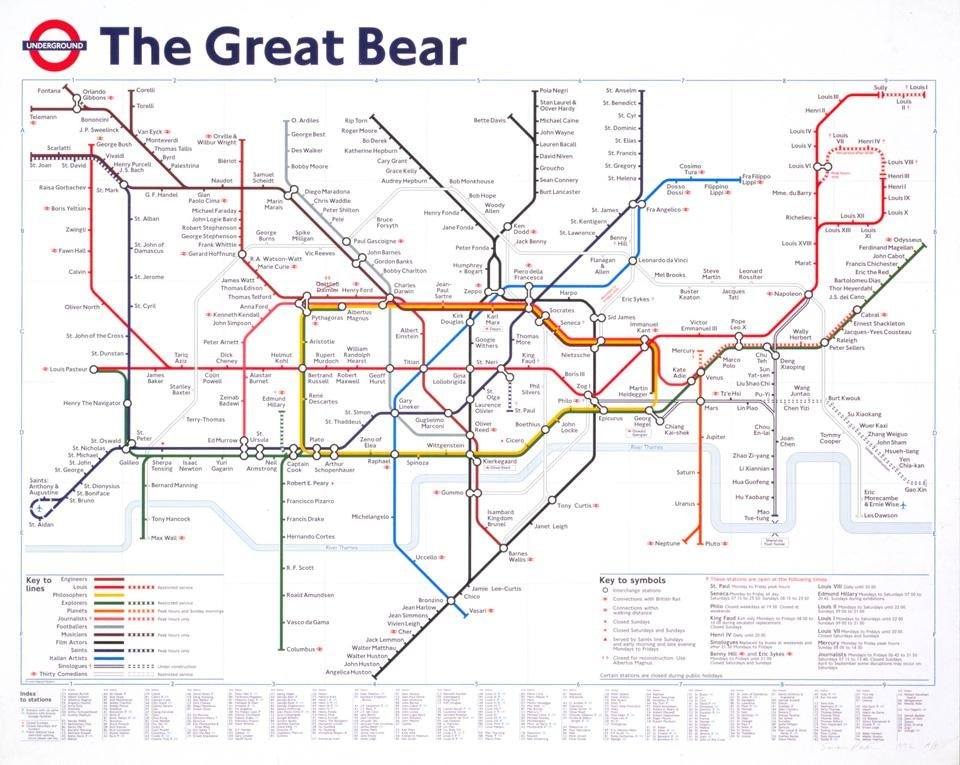

The New Brevo House by Pedrali
Brevo has given its Parisian headquarters, La Maison Brevo, a major makeover, prioritizing innovation and employee well-being for its 400 staff members. The furnishings, curated by Pedrali, transform the 3,000 sq m of interior and exterior space into dynamic, stimulating environments that foster collaboration and diverse work styles.


